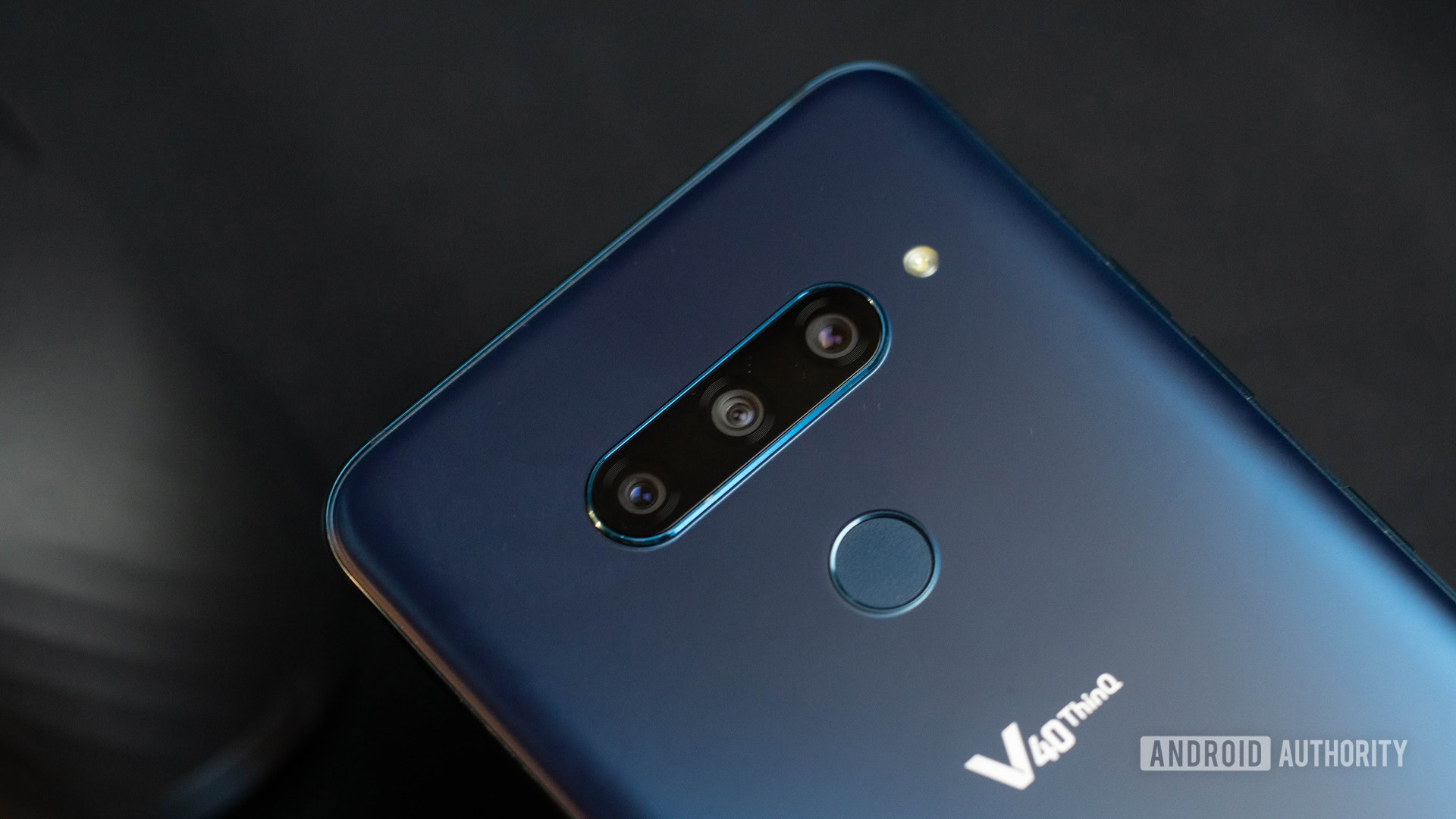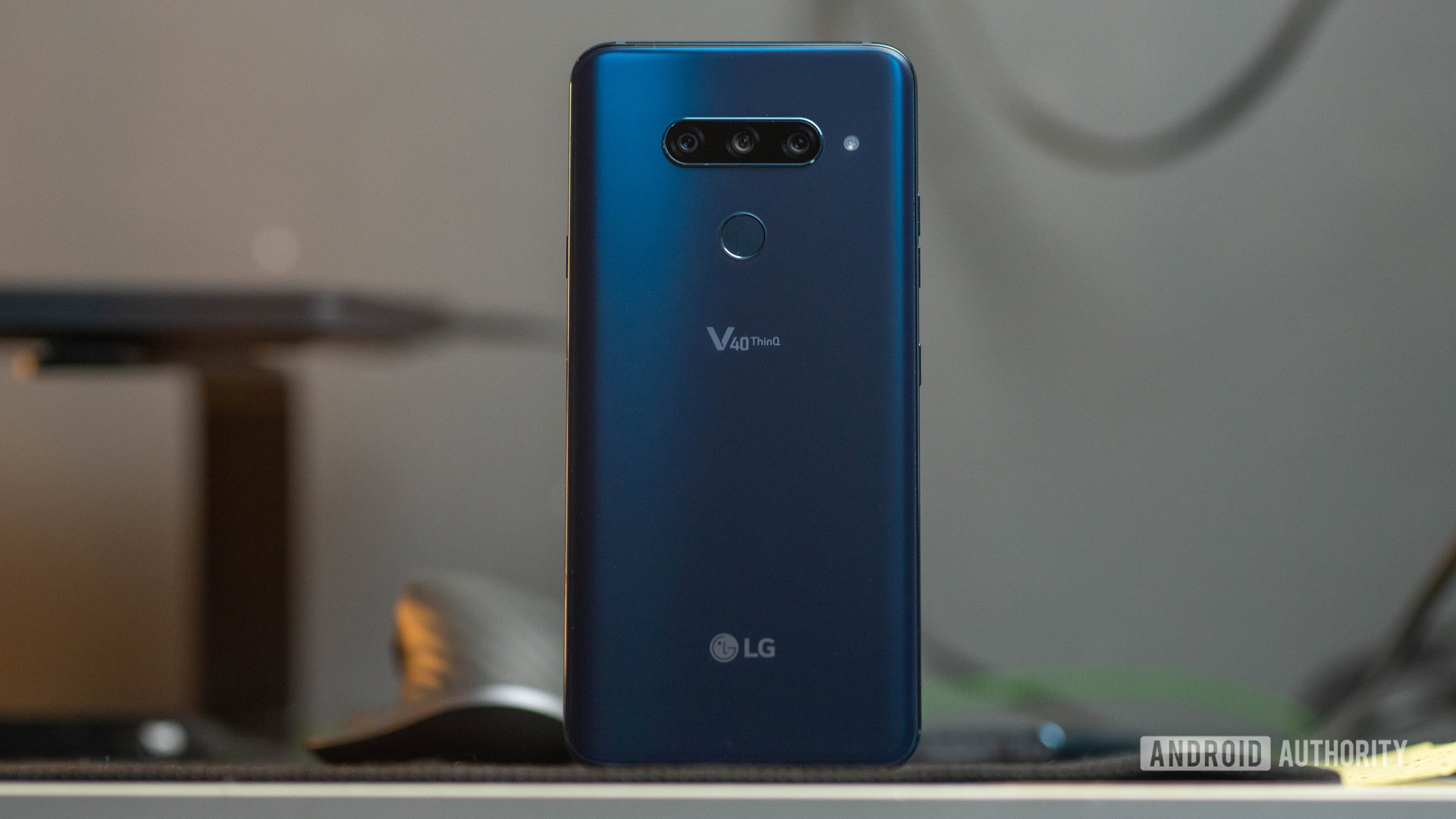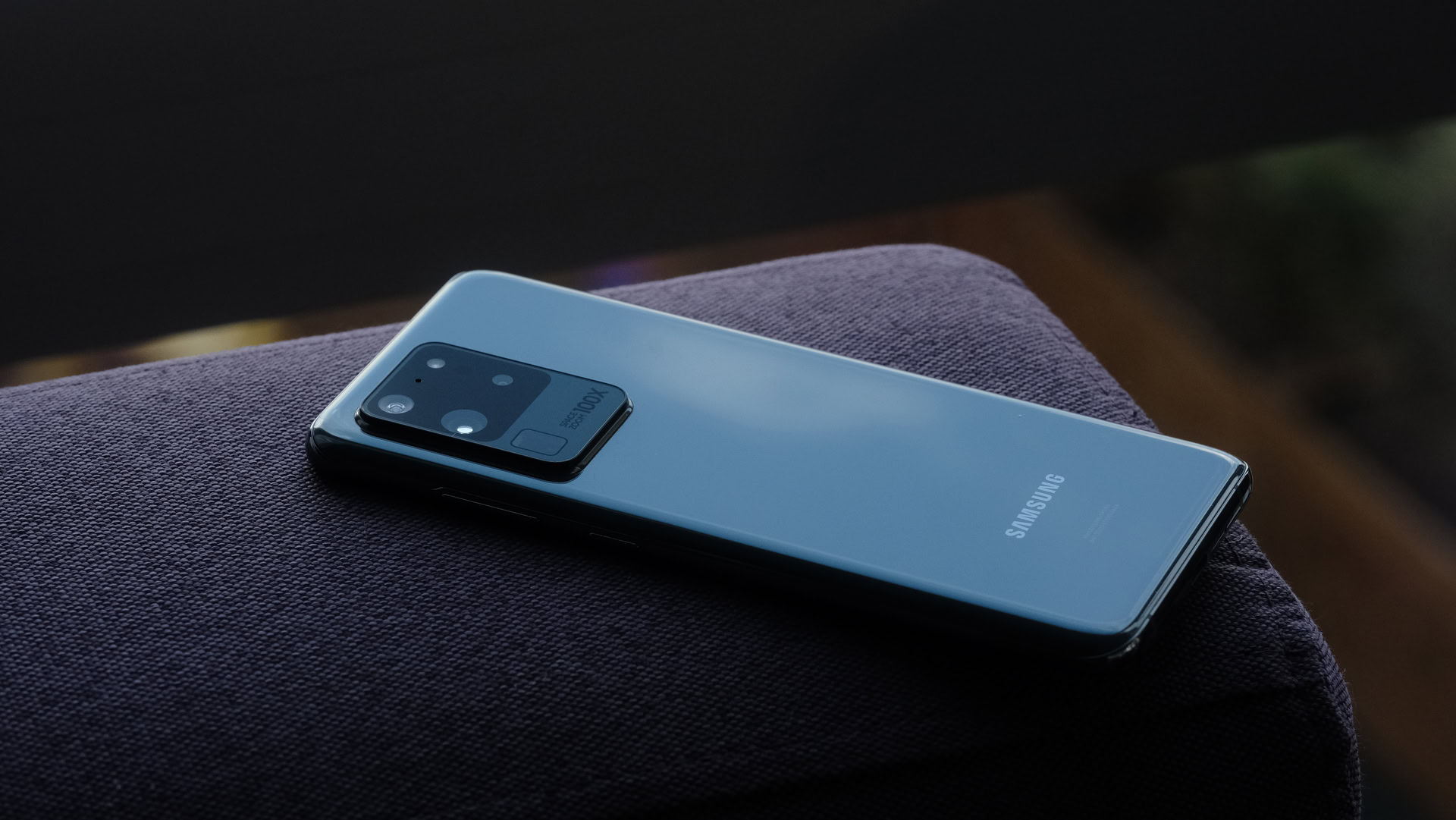Affiliate links on Android Authority may earn us a commission. Learn more.
Did you know: The LG V40 opened the era of modern triple camera phones

LG phones might not be at the height of their popularity in 2020, as Samsung, Xiaomi, and others surpass it in terms of critical and commercial success. It’s easy to forget though that the company isn’t afraid to try new things.
Whether it was quad Digital-to-Analog Converter (DAC) audio hardware, an ultra-wide camera, or manual video functionality, the South Korean manufacturer has brought quite a few things to the table. In fact, it might surprise you to know that the company was the first to offer a modern triple camera phone in the LG V40 ThinQ.
Cameras increase in number
Smartphones were stuck on single rear cameras for the longest time, with the exception of dual camera phones from HTCand LG in 2011. The HTCEvo 3D and LG Optimus 3D both used the secondary camera for 3D effects though. We also saw another early dual camera effort with the HTC One M7 in 2013, which delivered depth effects and 3D-style photos too.
However, it was 2016 that saw dual-camera solutions truly embraced by the industry at large, as we saw a variety of useful secondary cameras emerge. HUAWEI touted a monochrome secondary camera, while LG went ultra-wide, and Apple went for a telephoto zoom camera. The latter two setups gave you entirely different perspectives too, making for a more versatile camera experience than ever before.
It used to be the case that you had to choose between ultra-wide and telephoto cameras rather than having both.
This led to an interesting dilemma though, as it meant you had to choose which perspective you valued more. Do you go for the ultra-wide secondary camera for group photos and cityscapes? Or do you opt for a telephoto camera that lets you get closer without having to physically get closer?
This dilemma persisted for a long time, as dual camera adoption increased in 2017 and 2018. But it was in October 2018 that LG finally gave consumers the best of both worlds.
Enter the LG V40

The LG V40 launched in early October of 2018, and it changed the game by offering a triple rear camera setup.
Now, this wasn’t the first phone to offer a triple rear camera arrangement, with the HUAWEI P20 Pro launching earlier that year. However, it was the first phone to offer the now standard main/zoom/ultra-wide camera trio. Meanwhile, the P20 Pro opted for a main/zoom/monochrome combination that hasn’t been used by others in the industry.
LG’s late 2018 flagship wielded a 12MP main, 16MP ultra-wide, and 12MP 2x telephoto sensor. This meant that you had a camera for every occasion. On safari and want to get a decent shot of that animal in the distance? Then the telephoto can help. Going sightseeing and want to get that entire landscape or building in one photo? That’s where the ultra-wide comes in. In other words, you didn’t have to buy the LG G7 if you wanted an ultra-wide shooter or an iPhone or Xiaomi Mi 8 if you wanted good zoom — the V40 had it all.
Related: Want a phone with a great camera? Here’s what to look for.
The biggest downside to the LG V40 though was the fact that image quality wasn’t good in anything other than broad daylight. This hasn’t changed much with subsequent firmware updates, as our own Ryan-Thomas Shaw noted in his LG V40 retrospective. However, Ryan did appreciate the background blur from the main camera (no bokeh mode required), as well as the dynamic range and color reproduction for the most part.
LG also stood out from others by offering two selfie cameras, featuring a 5MP ultra-wide shooter and an 8MP primary lens. In other words, you had a total of five cameras on board.
Life after triple cameras

The LG V40 was the first triple camera phone with a truly flexible setup back then, but it’s clear that rivals thought it was a path worth following too. After all, the similarly equipped HUAWEI Mate 20 Pro and quad camera-toting Samsung Galaxy A9 both launched mere days after LG’s phone.
And the trend would only continue in 2019, as Apple, HUAWEI, Samsung, Xiaomi, and others all released phones with the normal/wide/telephoto camera setup. In fact, some brands have even gone so far as to implement quad- or penta-camera setups.
Some of these extra cameras include macro cameras for shooting extreme close-ups of things, depth sensors and 3D Time-of-Flight sensors for depth of field effects, and additional zoom cameras for long-range zoom capabilities. Nevertheless, the normal/wide/telephoto trio is what you should expect on most high-end phones today. Anything more would be a bonus.
The LG V40 marked an important stage in the evolution of smartphone photography, joining other recent additions like periscope cameras and night modes.
This is the fourth post in our “Did you know” series, in which we dive into the Android history books to uncover important and interesting facts or events that have been forgotten over time. What do you want to see us cover next? Let us know in the comments.